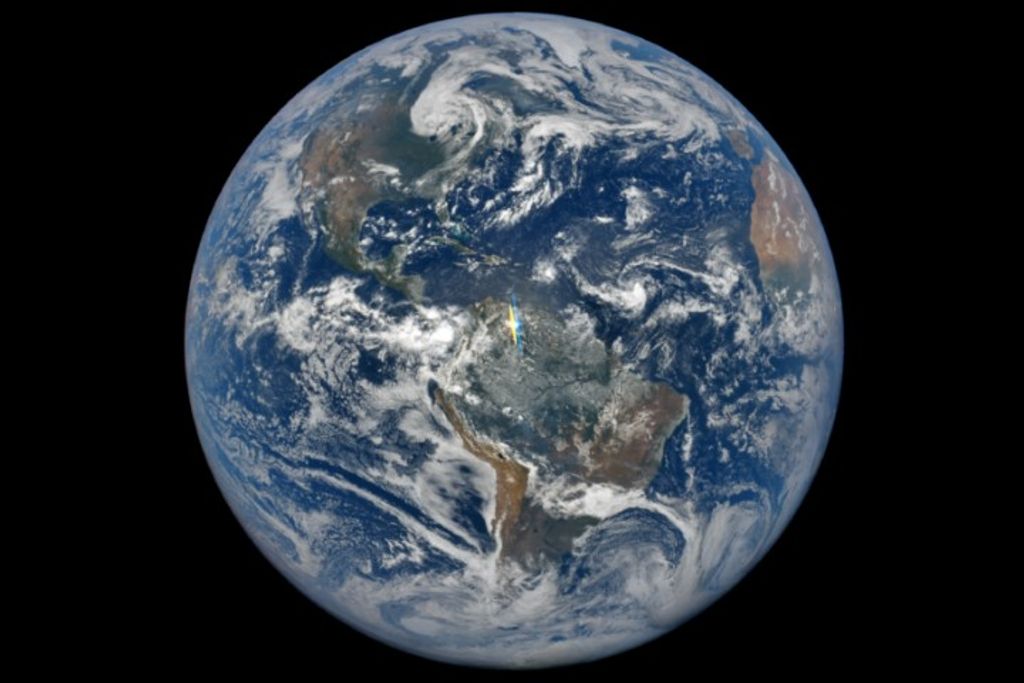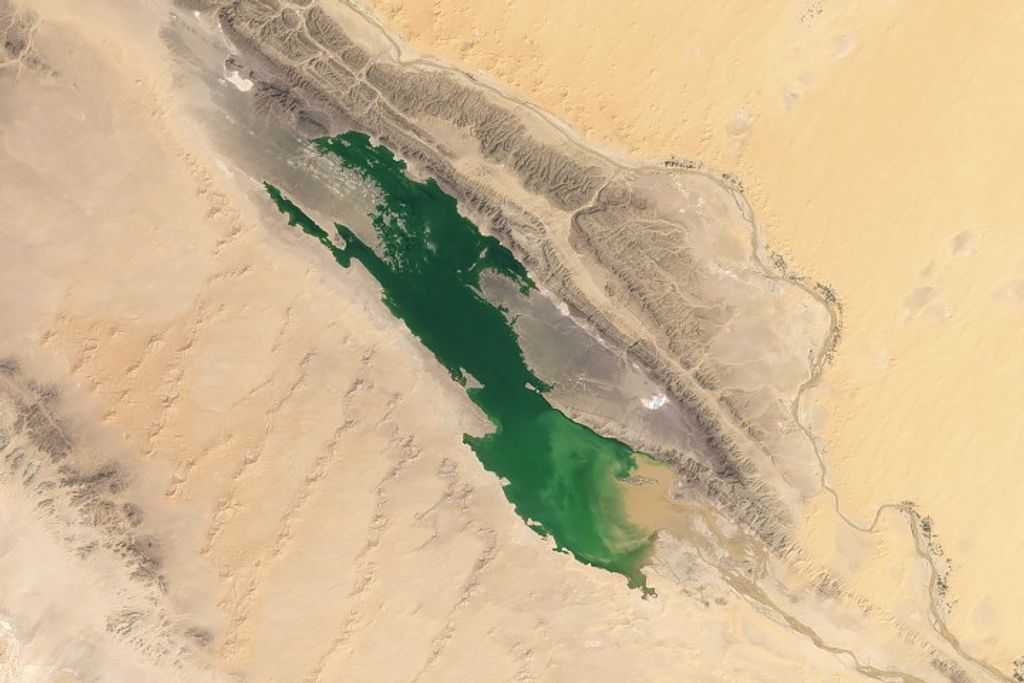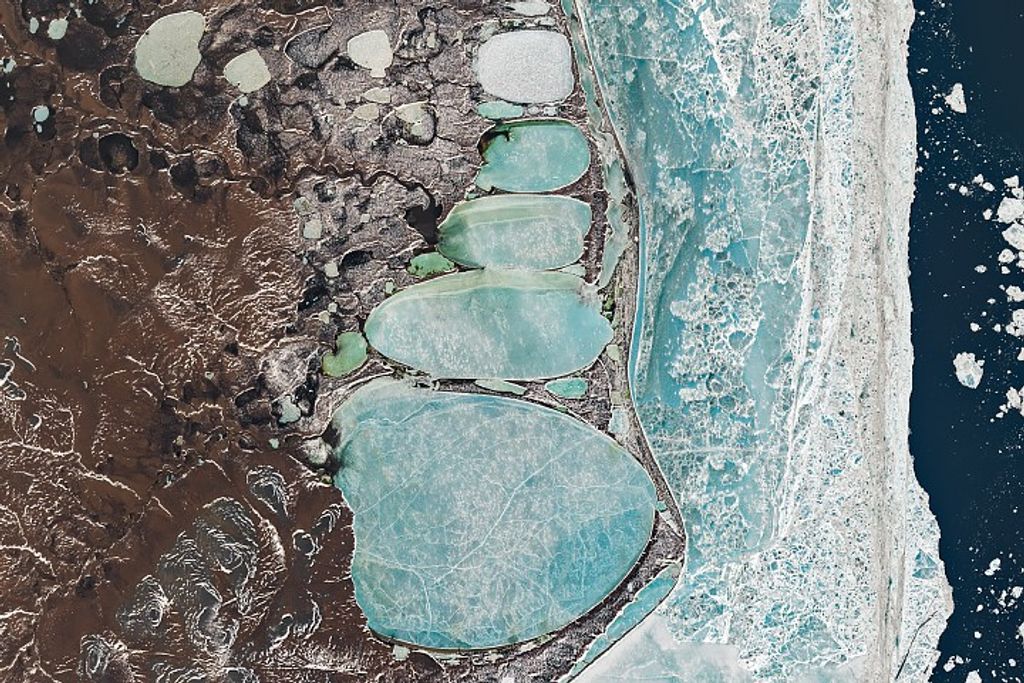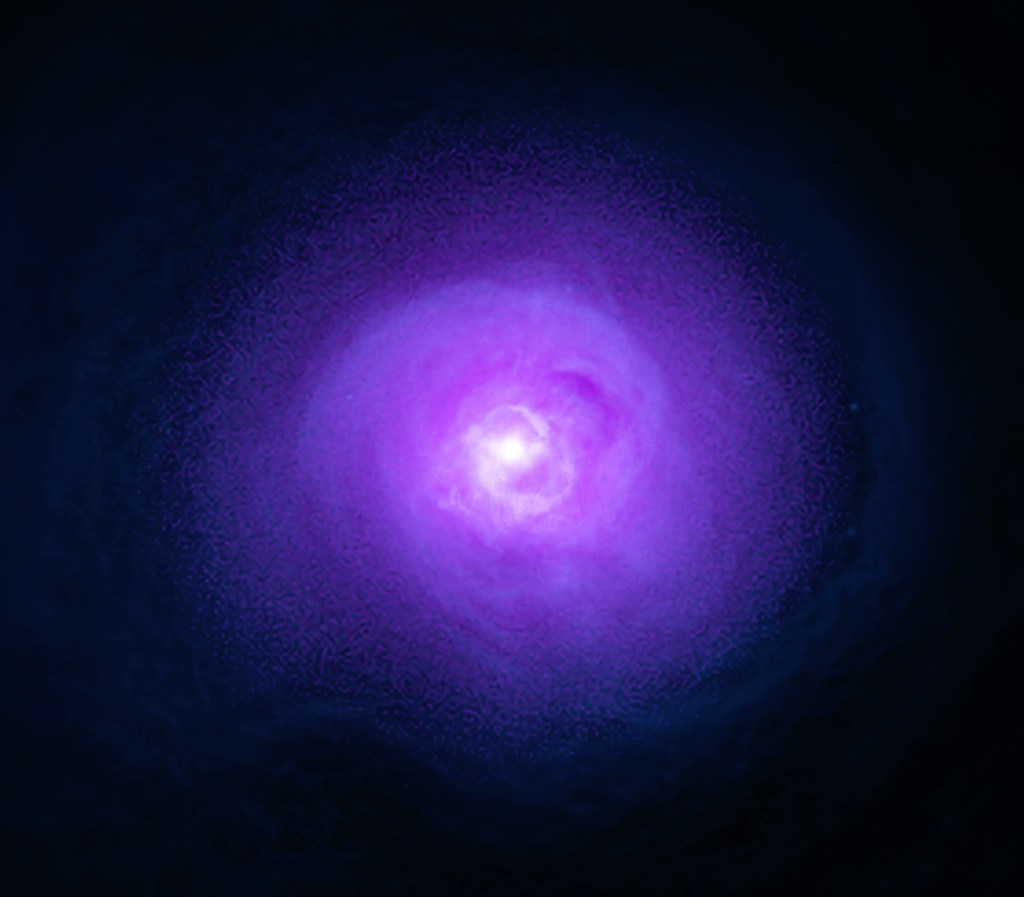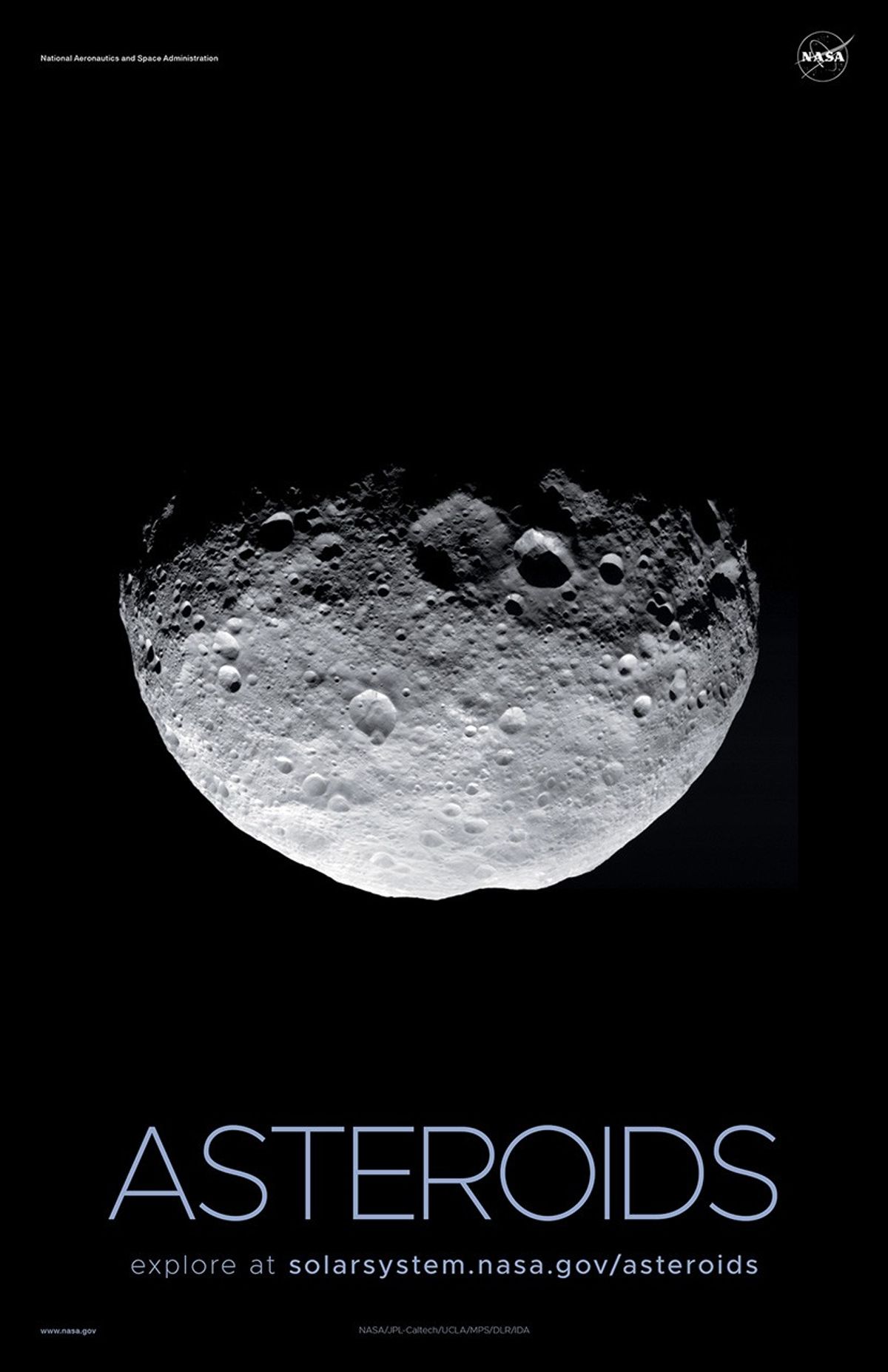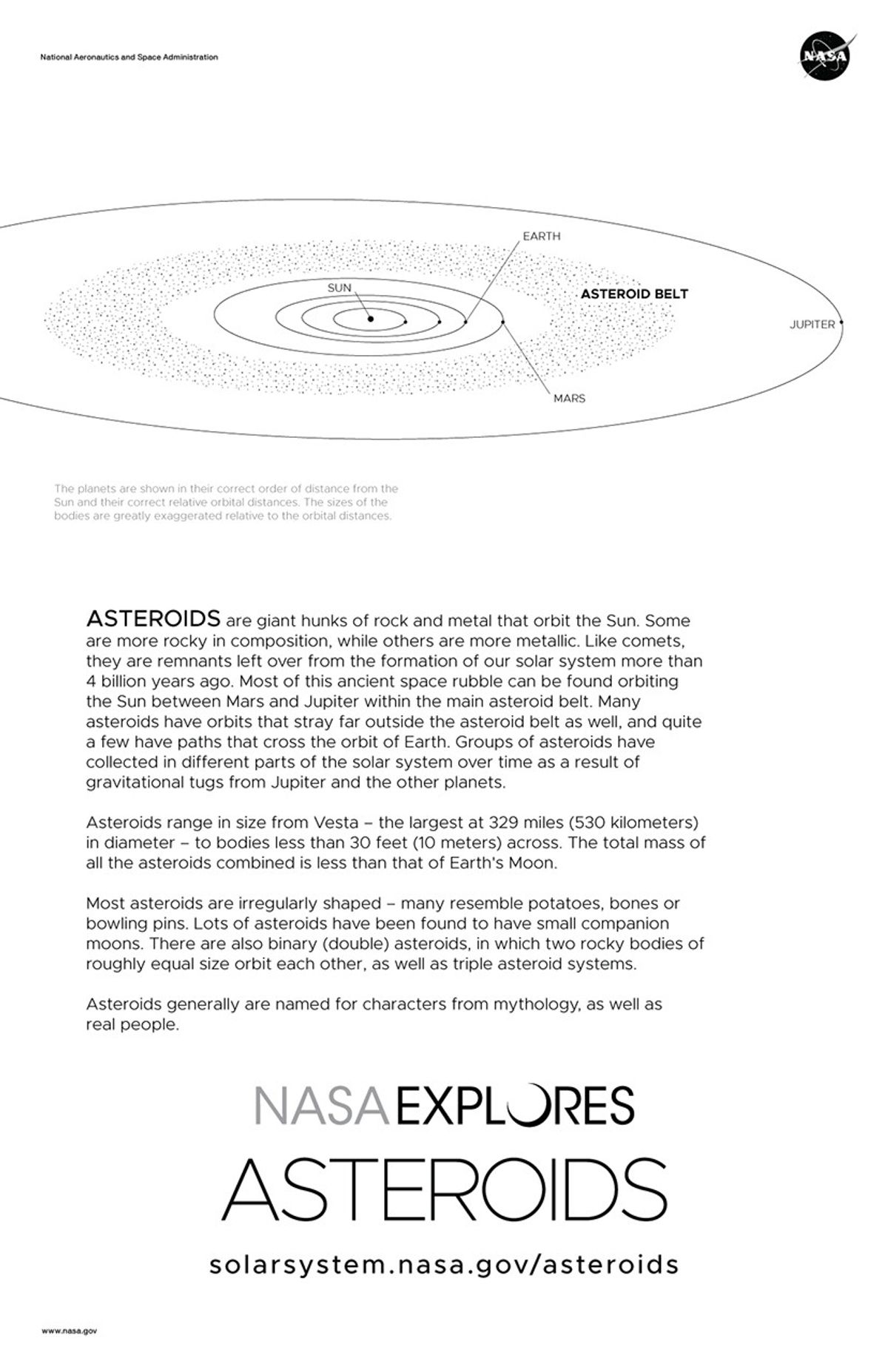Asteroids Poster – Version B
| Credit | NASA |
|---|---|
| Language |
|
Version B of the asteroids installment of our solar system poster series.
The posters are best printed on 11x17 paper. Several download options are available in the column on the right.
About the image: NASA's Dawn spacecraft obtained images of asteroid Vesta in 2012, looking down at Vesta's north pole as the spacecraft was departing. Credit: NASA/JPL-Caltech/UCLA/MPS/DLR/IDA
On the Back
Asteroids are giant hunks of rock and metal that orbit the Sun.
Some are more rocky in composition, while others are more metallic. Like comets, they are remnants left over from the formation of our solar system more than 4 billion years ago.
Most of this ancient space rubble can be found orbiting the Sun between Mars and Jupiter within the main asteroid belt. Many asteroids have orbits that stray far outside the asteroid belt as well, and quite a few have paths that cross the orbit of Earth. Groups of asteroids have collected in different parts of the solar system over time as a result of gravitational tugs from Jupiter and the other planets.
Asteroids range in size from Vesta – the largest at 329 miles (530 kilometers) in diameter – to bodies less than 30 feet (10 meters) across.
The total mass of all the asteroids combined is less than that of Earth's Moon.
Most asteroids are irregularly shaped – many resemble potatoes, bones or bowling pins. Lots of asteroids have been found to have small companion moons. There are also binary (double) asteroids, in which two rocky bodies of roughly equal size orbit each other, as well as triple asteroid systems. Asteroids generally are named for characters from mythology, as well as real people.
Explore asteroids in depth at https://science.nasa.gov/solar-system/asteroids/








